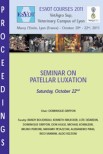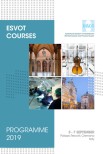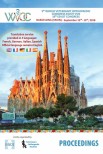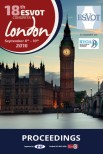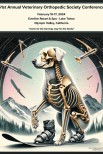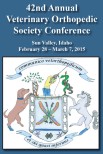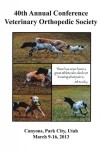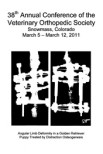Introduction
Previous research suggests stalling may have a negative influence on bone mineral content (BMC). Yet slow, long-distance exercise has not been successful in improving BMC compared to free-choice exercise. Still, it is a common practice to stall horses with light exercise and minimal turnout. We hypothesized stalled horses, despite “weekend” turnout and light exercise, would have lower estimated BMC compared to pasture turnout.
Methods
Thirteen mature horses were split into two groups, Control (C, n = 6) and Stalled (S, n = 7). Digital radiographs were taken of the third metacarpal for estimation of BMC by radiographic bone aluminum equivalence (RBAE). After a 42-d period (P1) additional radiographs were taken and S-horses stalled for 4-d (receiving light under-saddle exercise), followed by 72-h pasture turnout. This pattern repeated for an additional 42-d (P2) followed by radiographs. Radiographs were analyzed for optical density of bone cortices and total BMC compared to an aluminum step-wedge on each cassette. Changes in BMC were analyzed using PROC mixed in SAS with repeated measures.
Results
No treatment differences were observed in the medial (P = 0.72) or lateral (P = 0.46) cortices. Dorsal and palmar cortices exhibited a treatment by period interaction (P<0.01, P<0.02), remaining unchanged in C but S decreased over P1 and returned to baseline in P2. Total RBAE was not different by treatment or period.
Conclusions
Contrary to our hypothesis, horses stalled with light exercise and “weekend” turnout maintained BMC compared to themselves and controls at pasture. Such management may be considered for maintaining BMC when horses must be stalled for weekday riding or training. Further research is necessary to determine minimum turnout and exercise needs to maintain BMC when stalling.
